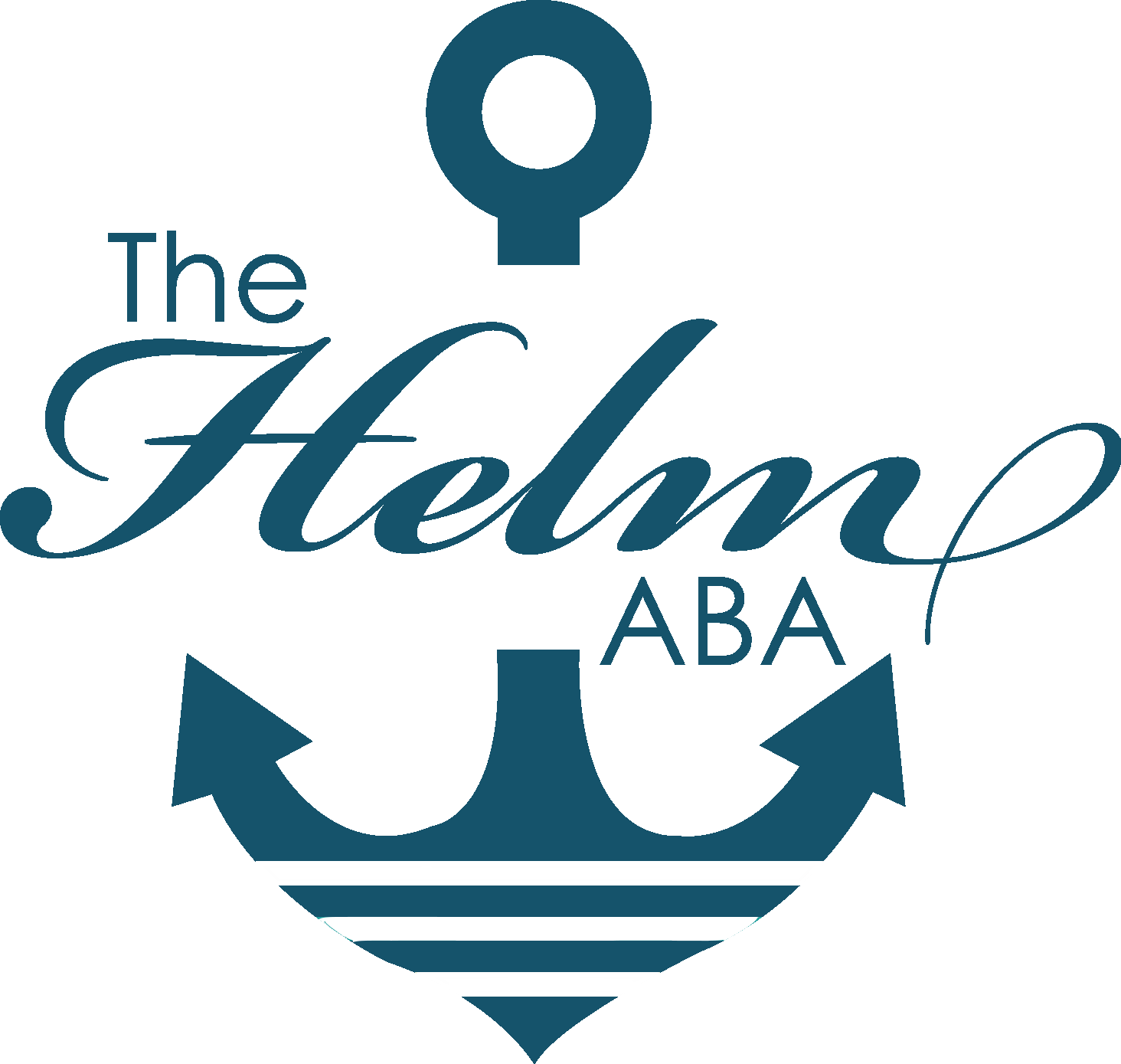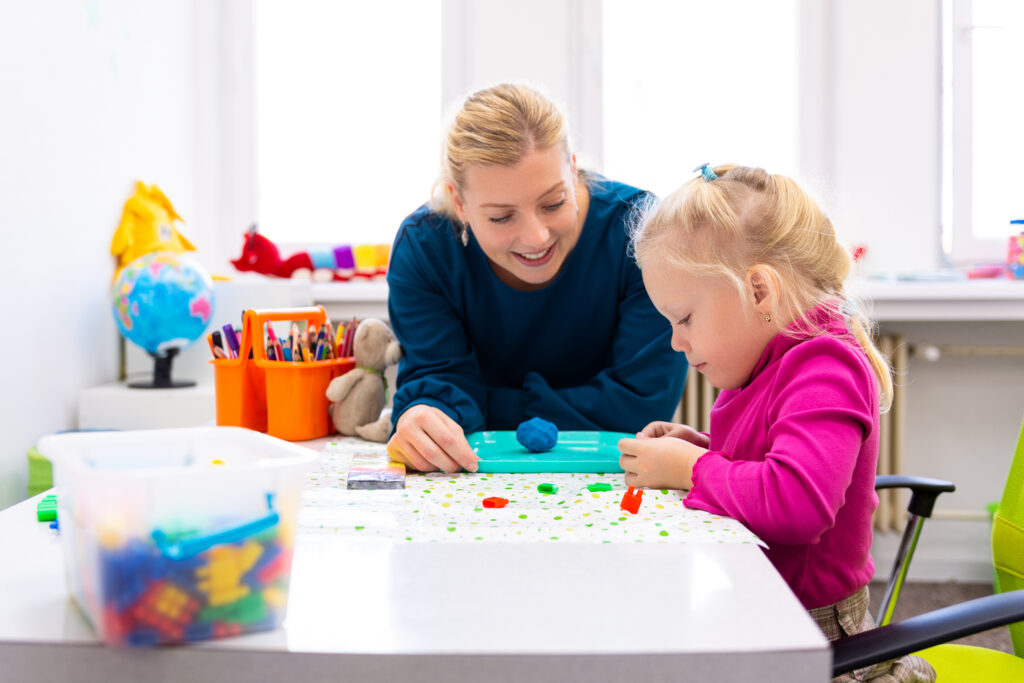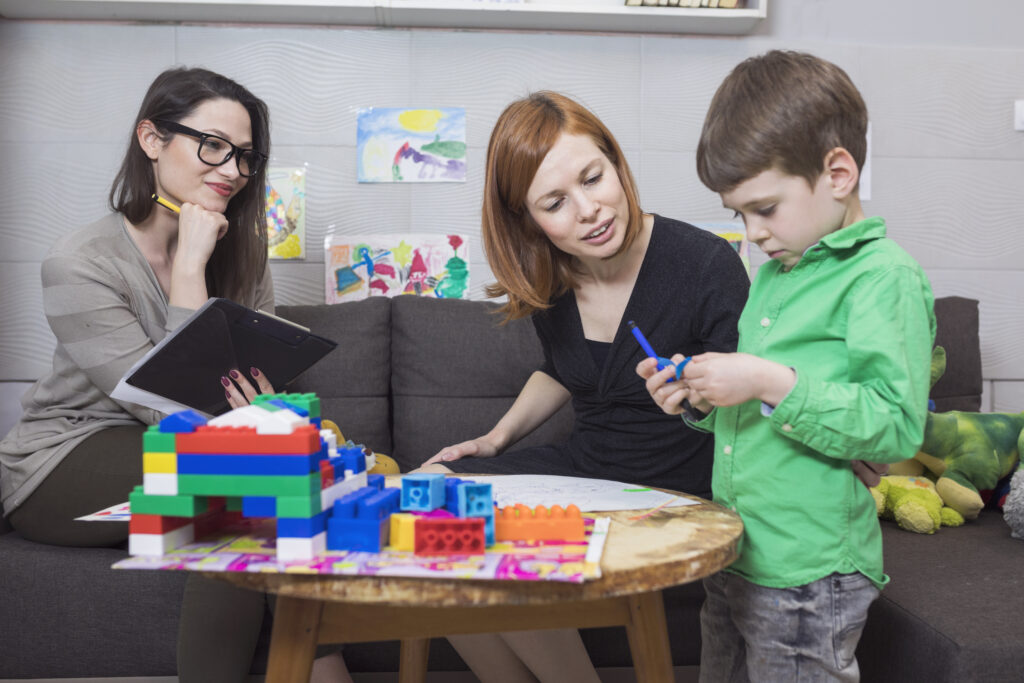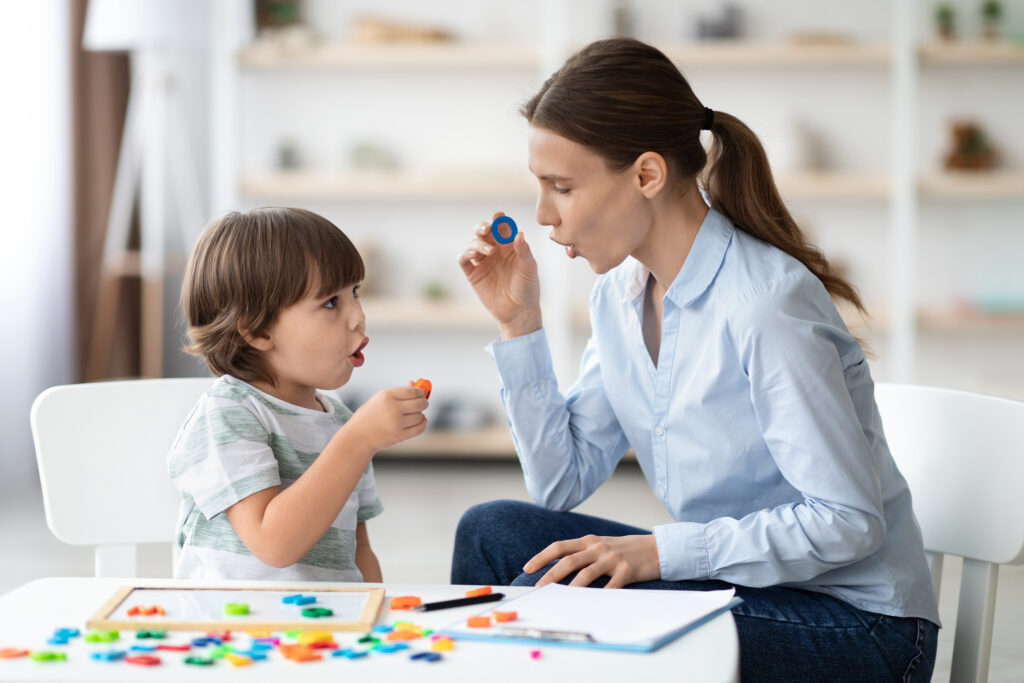It can be confusing. But it doesn’t have to be. Let’s break it down into some basic concepts.
ABA stands for Applied Behavior Analysis– So, what does that mean? It means that we look at why a behavior is happening within the context of real life.
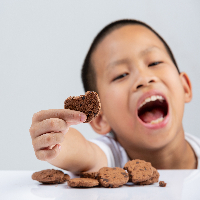 The science of behavior and learning tells us:
The science of behavior and learning tells us:
1. All behavior is learned. We picked it up somewhere. For example, I really liked the food and service at the restaurant I went last night, so I will increase my behavior of attending that restaurant. (I learned good things come from that place and I will go back there more. If I had bad service I would go back less or maybe not at all.)
2. All behavior is environmental. This is why we may have perfect angels when we go out in the community, but at home it may be meltdown central (or vice versa). I might learn that there are a different set of rules for in the community than at home, so I may behave differently.
3. All behavior serves a function. We are really only trying to accomplish two things with any behavior- get something or get away from something.
So, let’s talk more about those functions. All behavior is communication.
We are trying to communicate I want something (attention, item) or I want to get away from something (person, attention, less preferred task).
We will always use the simplest methods of communicating our needs. So, if I don’t have a lot of language and hitting gets me my toy every time, I will always hit when I want my toy.
The behavior of hitting got me what I wanted, so I will keep doing that.
Our job in ABA therapy is the identify WHY the behavior is happening and teach another way to communicate that want or need in a safer, more successful, or independent manner.
So for our example above, our “why” is to gain access to the toy. We have to find another way to communicate that we want that toy. We can do this in a variety of ways from a point, to a picture exchange, to verbal language.
At the same time we no longer allow the hitting to provide access to the toy. We will withhold the toy when hitting happens and only allow access to the toy when we use the functional language that we taught!
It’s all about making a the new way of communicating MORE successful than the old way of communicating with problem behavior.
Have more questions about ABA? Schedule an initial consultation today with one of our BCBAs and we can help you see if ABA is the right fit for your family’s needs!
